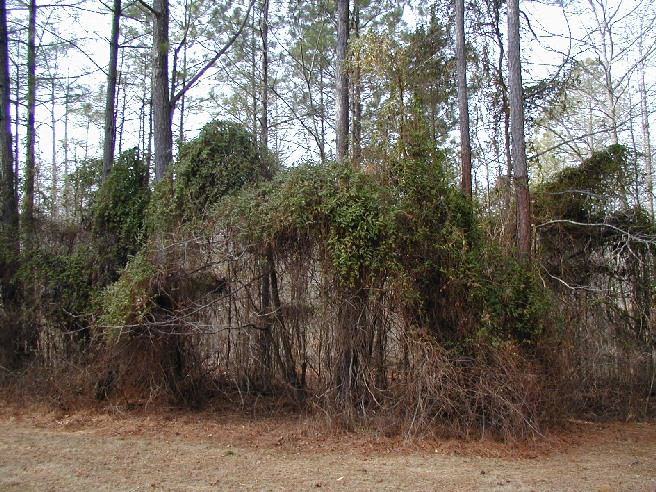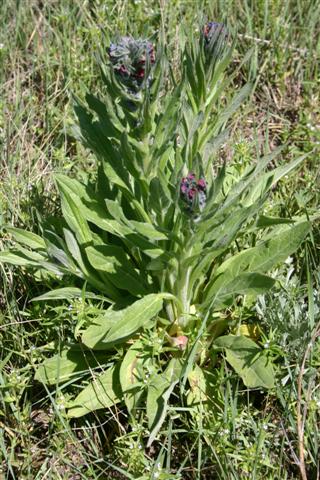

| Invasive Plants of the Southern United States |

|

|
| Chinese Privet and Japanese Honeysuckle | A native trillium being overrun by Japanese Honeysuckle |

|

|
| Chinese Privet choking a wetland | Autum Olive invading a forest |

|

|
| Chinese and Japanese Wisteria killing a pine | Mimosa seeding everywhere |

|

|
| English Ivy everywhere | Japanese Climbing Fern in a tree |

|

|
| Japanese Honeysuckle choking trees | Princess Tree crowding out natives |

|

|
| Nandina berries | Mahonia invading a woodland |
| Invasive Plants of the Western United States |

|

|
| Houndstongue | Cheatgrass |